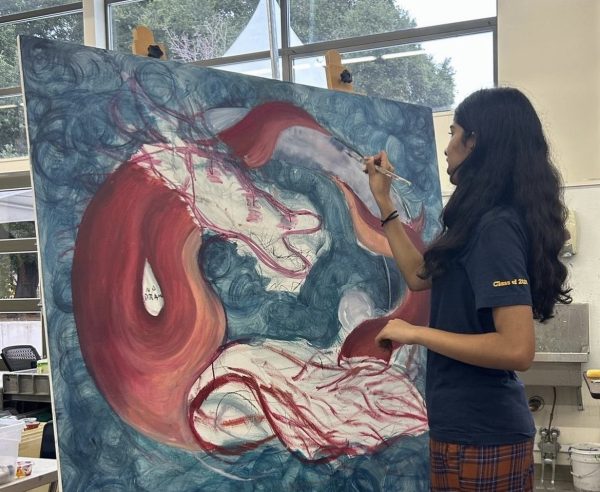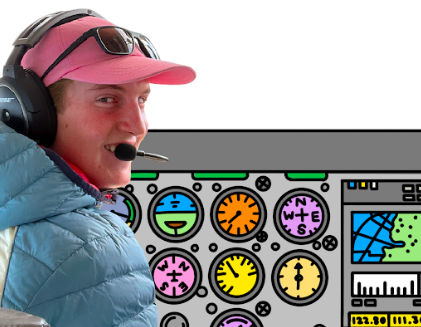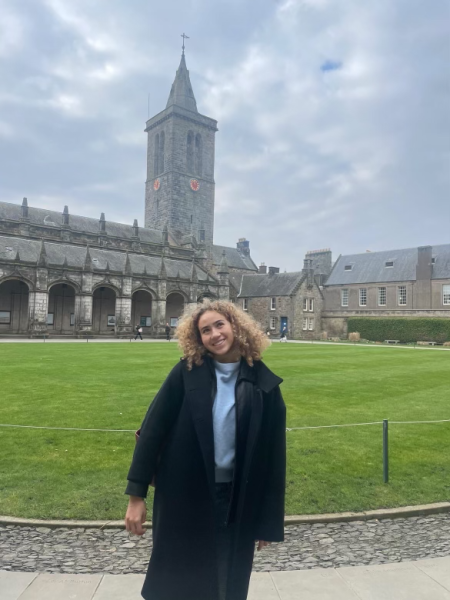Students and Teachers Adjust to Different Methods of Online Learning
Students and teachers have used different online platforms to create the best system of distance learning. “All my teachers decided to make the switch to Google Classroom, which made everything easier,” freshman Hannah Gorospe said. Creative Commons image: Mudassar Iqbal on Pixabay.
May 18, 2020
Both teachers and students in the Menlo community have had to adjust to distance learning, and various methods of doing so have emerged. From holding full three-hour video calls on Google Meet or Zoom to only assigning worksheets, teachers have been utilizing various ways to maintain a productive virtual learning environment.
Sophomore Alex Acra says he has experienced long-distance learning in multiple ways. “I have had full online classes, video lectures and […] worksheets,” Acra said.
Junior Joshua Bates has experienced different methods throughout the asynchronous and synchronous learning programs. “Originally I was just assigned worksheets to work on and [was] told to have them done by a certain deadline,” Bates said. “Now it’s mostly where I meet with my teachers on a certain day of the week and have to hand in an assignment by the next time we meet, and these classes aren’t full online lectures.”
Teachers have been working to find the method that works best for them, their students and the subject(s) they teach. Upper School history teacher Carmen Borbón has tried mixing different methods. “I’ve been avoiding full online classes since I don’t think meeting for a full three hours is productive. […] I’ve been using Google Meet to check in with my classes,” she said. “I record my lectures and post those and document sets and activities to Google Classroom.”
Upper School math teacher Sujata Ganpule holds shorter video calls while asking students to record their classwork and homework in a Google Document. “They work on an assignment and upload screenshots of problems from assignments that they are struggling with or have questions about,” Ganpule said.
Borbón believes that interacting and checking in with students live is more enjoyable than assigning work, but she also acknowledges the benefits of having students work at their own pace. “I prefer using synchronous meetings to see my students [and to] see how they’re feeling,” Borbón said. “I think students also appreciate the autonomy to work on assignments at their own pace.”
The recent synchronous learning schedule has presented both challenges and benefits for the different methods. “The first week we were online, when students were working asynchronously, […] students felt a lot more overwhelmed […] without a set schedule,” Borbón said.
In addition, McCauley dislikes the way in which meeting only once a week changes the way students learn. “To learn, master and remember a concept in science, it usually takes more repetition than once a week,” McCauley said. “Weekly interaction with the students feels meager.”
Along with choices between teaching methods, teachers have the option of using Google Classroom instead of Haiku. While the two platforms share similar features, students see pros and cons in each. Freshman Hannah Gorospe enjoys Google Classroom’s structure. “It lets you know what you have to turn in [and] when, which is great for organization,” Gorospe said.
Unlike Gorospe, Bates dislikes Google Classroom’s structure. “I don’t like how there’s just a wall of assignments. […] It feels so overwhelming and unorganized,” Bates said.
On the teachers’ side, grading and collecting work is easier through Google Classroom. “Posting assignments on Haiku has not worked for me. I find it difficult to organize and assess student work on Haiku,” Borbón said.
Ganpule’s method, having individual student Google Documents, uses neither Google Classroom nor Haiku, but she has found grading to be time consuming. “Spending time responding individually to everyone’s questions in their individual Google Docs is not sustainable,” she said.













